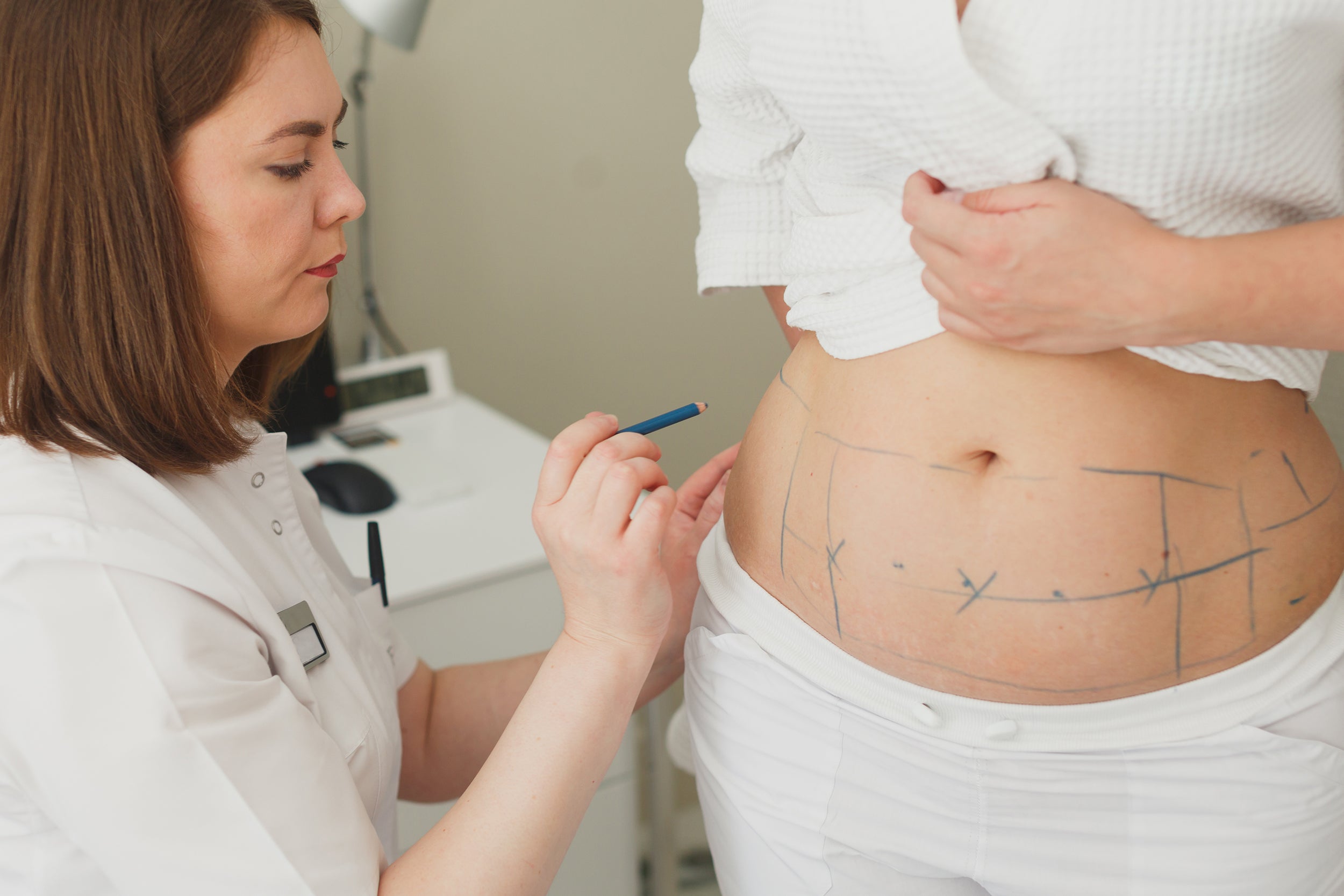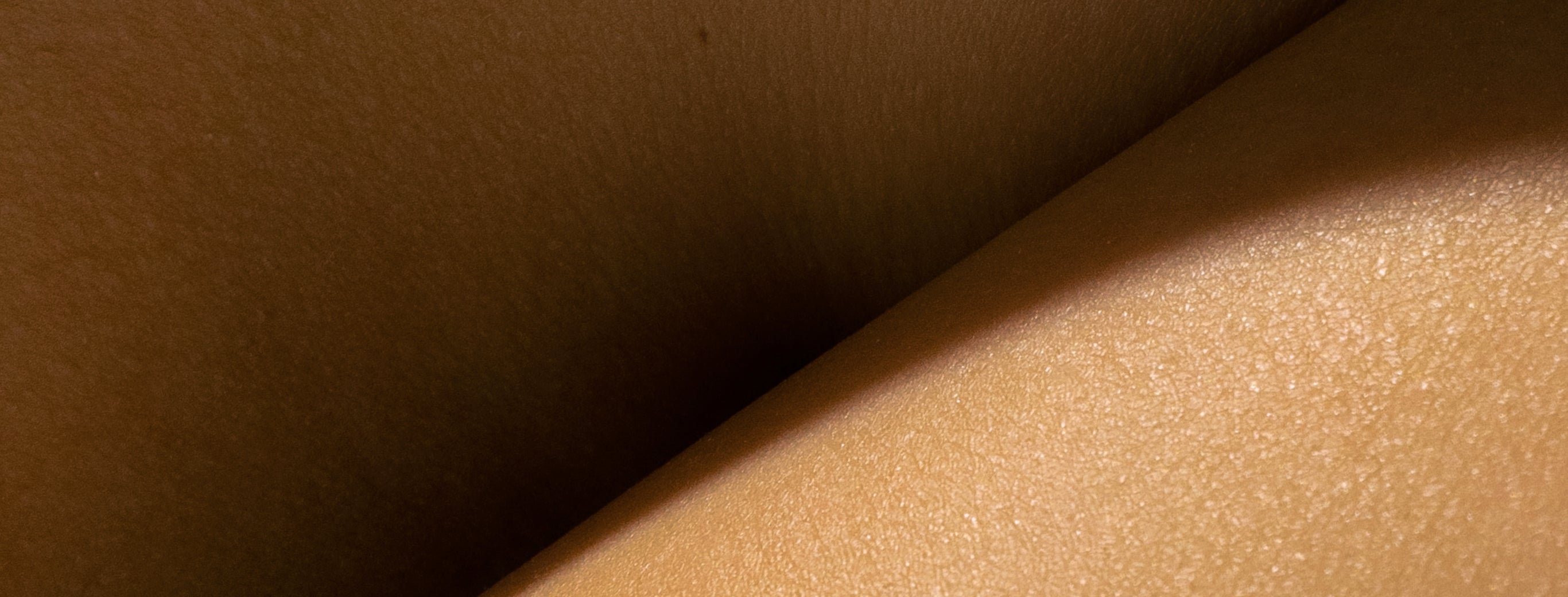Rhinoplasty Swelling Stages: Your Complete Timeline from Puffy to Perfect

You wake up from your rhinoplasty feeling like you've been enthusiastically hugged by a very large, very affectionate puffer fish. Your nose? Well, let's just say it's doing its best impression of a small potato that's been left in the sun too long. Before you start wondering if you've accidentally signed up for the wrong procedure, take a deep breath through your mouth and remember this crucial fact: what you're seeing in the mirror right now is absolutely, completely, 100% normal.
Welcome to the wonderful world of rhinoplasty swelling stages, where your nose will take you on an emotional rollercoaster that makes your teenage years look like a peaceful meditation retreat. One day you'll think you look like a delicate fairy, the next day you'll swear someone inflated your nose with a bicycle pump while you were sleeping. Spoiler alert: both reactions are perfectly normal, and neither represents your final result.
Here's the truth nobody prepares you for: rhinoplasty recovery is less like watching a time-lapse flower bloom and more like waiting for a Polaroid picture to develop – except the Polaroid takes an entire year to fully appear. Understanding exactly what to expect during each stage of swelling can transform this journey from an anxiety-inducing mystery into a manageable process where you actually know what's happening and why.
Understanding Rhinoplasty Swelling: The Science Behind the Puff
Think of your nose as a precision instrument that your surgeon has just completely rearranged – bones repositioned, cartilage reshaped, tissues lifted and tucked. Your body's immediate response? "CODE RED! SEND ALL AVAILABLE BACKUP!" Your immune system floods the area with protective fluids faster than you can say "I should have bought more ice packs."
Rhinoplasty creates more dramatic swelling than other procedures because your nose has an incredibly rich blood supply (those tiny vessels become a highway for inflammatory fluid), lacks muscle tissue to pump fluids away naturally, and gravity works against drainage since your nose points forward rather than down.
Your personal swelling experience depends on surgery extent, skin thickness, age, genetics, and even factors like salt intake and sleep quality. Here's the game-changing insight: swelling isn't your troublemaker – it's your body's protective mechanism ensuring everything heals properly. Those inflammatory cells are actively repairing tissues and forming new connections, basically acting as your nose's personal construction crew.
The Rhinoplasty Swelling Timeline: What to Expect When
Days 1-3: The Great Puffening
Welcome to what we like to call the "what have I done to myself" phase, where your nose achieves levels of puffiness that seem to defy the laws of physics. You'll wake up looking like you've been gently smooshed by an overly affectionate cloud, complete with potential black eyes that make you look like a raccoon who's had a really rough week.
During these first 72 hours, swelling reaches its absolute peak around day 2-3. Your nose may be so swollen that you can't see the changes your surgeon made – don't panic. It's like trying to judge a sculpture while it's still covered in protective bubble wrap.
Here's what nobody tells you: the swelling isn't evenly distributed, which is why your nose might look lopsided or asymmetrical during this phase. One side often swells more than the other due to positioning during surgery or natural drainage patterns. This temporary asymmetry is completely normal and will even out as swelling resolves.
You'll experience the full symphony of post-surgical sensations: throbbing, pressure, congestion that makes you feel like you're permanently underwater, and sleep that feels impossible because you have to sleep propped up like you're holding court from a throne of pillows.
Week 1: The Gradual Decline Begins
As you move through your first week, you'll start to notice subtle shifts that feel like major victories. The Great Puffening begins to subside, and while you're still significantly swollen, the improvement becomes noticeable day by day. It's like watching storm clouds slowly clear – you're still in the weather, but you can finally see patches of blue sky.
Your bruising will likely reach its colorful peak during this week, taking you through an artistic journey from deep purple through green, yellow, and eventually back to normal skin tone. Breathing will remain challenging as internal swelling makes you feel like you're breathing through a cocktail straw.
By the end of week one, many patients describe feeling like they've turned a corner. The acute phase is behind you, and while you're nowhere near your final result, you can start to glimpse the light at the end of the tunnel.
Weeks 2-4: The Impatience Testing Period
Welcome to what many patients describe as the most psychologically challenging part of rhinoplasty recovery. The dramatic improvements of week one start to plateau, leaving you in a frustrating middle ground where you look better than the immediate post-op period but still far from normal.
During this phase, you'll experience "swelling fluctuations" – some days your nose looks more refined, other days it seems puffier again. This isn't your imagination. Factors like sleep quality, sodium intake, weather changes, and stress levels can cause temporary swelling variations. Think of your nose as a very sensitive barometer that's still calibrating to its new normal.
Here's what nobody tells you: this is actually the perfect time to master strategic makeup application. Most surgeons clear patients for makeup around week 2-3, but the key is using it to work with your swelling, not against it. Focus on enhancing your eyes and lips to draw attention away from your healing nose, and avoid heavy foundation on the nasal area.
By week 3-4, you'll likely be cleared to return to work and normal daily activities, though you'll need to avoid strenuous exercise and anything that might bump your nose.
Months 2-6: The Subtle Refinement Stage
As you enter your second month, the healing process shifts from dramatic daily changes to subtle weekly improvements. Think of this as the fine-tuning phase, where your nose begins to settle into its new shape. The obvious puffiness has largely resolved, but this is when the real magic happens.
During this phase, you'll notice your nose becoming more defined week by week. However, because the changes are subtle, you might worry that progress has stalled or question whether you're seeing improvements or imagining them.
Here's what nobody tells you: your nose will look completely different in morning light versus evening light during this phase. Natural morning lighting is your friend – it's when swelling is typically at its lowest and your results look most refined. Harsh overhead lighting and late-day fatigue can make everything look puffier.
Monthly progress photos become invaluable during this stage. What seems like no change day-to-day becomes obvious when you compare month-to-month images.
Month 6+: The Final Reveal
Crossing the six-month mark feels like a major milestone because it truly is. By this point, the majority of swelling has resolved, and you're seeing approximately 80-90% of your final result. Your nose has developed most of its permanent character, though subtle refinements will continue for months to come.
This is when many patients finally feel comfortable judging their results and sharing them with others. The shape becomes stable enough that you stop obsessing over daily changes and start simply enjoying your new nose.
However, don't expect perfection even at this stage. The final 10-20% of refinement that occurs over the following months often makes the difference between a good result and a great result. Patience during this final phase is crucial.
Rhinoplasty Swelling Management Strategies
Master Ice Application
Apply ice to your cheeks and around your eyes (never directly on your nose) for 15-20 minute intervals. Frozen peas wrapped in a thin towel work perfectly because they conform to facial contours.
Perfect Your Elevation Game
Sleep propped up on multiple pillows to keep your head above your heart. Create a fortress of pillows that would make a five-year-old proud – gravity is either working for you or against you. Better yet, and more effective, consider using a rhinoplasty pillow to help protect your investment.
Navigate Hydration Balance
Think Goldilocks approach – adequate water to support healing, but not excessive amounts that worsen swelling. Skip alcohol completely as it dilates blood vessels.
Support Anti-Inflammatory Processes
Your body needs enhanced vitamin C, but standard forms often cause digestive upset when you're already dealing with post-surgical nausea. This is where specialized surgical nutrition becomes valuable – formulations designed specifically for post-surgical demands rather than general wellness supplements.
Progress Activity Carefully
Start with short walks and gradually increase, but avoid anything that raises your heart rate significantly for the first 4-6 weeks.
Optimize Recovery Nutrition
Focus on anti-inflammatory foods like fatty fish, leafy greens, berries, and nuts while avoiding processed foods and excess sodium. Your protein needs skyrocket during recovery, but absorption becomes the real challenge.

Reduce Swelling Through Essential Supplementation
Integrate Sulinu’s ground-breaking NutriSurgical supplement, Before + After Vitals, both before and after your rhinoplasty surgery. Here's the reality: 2 out of 3 women are nutrient-depleted after surgery, which directly impacts healing speed and swelling resolution. This all-in-one protein and vitamin powder packs 8 pre- and post-surgery essentials into one scoop. Their simple approach: Scoop. Mix. Heal.
What Makes Before + After Vitals Recovery Nutrition Actually Work?
BioEnhanced Vitamin C
Achieves 233% higher retention than standard forms, delivering anti-inflammatory support without digestive upset when your nose needs it most.
Proteolytic Enzymes
Double amino acid absorption from protein, ensuring damaged nasal tissues get the building blocks needed for faster repair and swelling resolution.
Hydrolyzed Collagen
Stimulates your skin to produce more natural collagen, improving tissue elasticity up to 15% in just 4 weeks.
Biome Synbiotics
Survive harsh stomach acids to support gut health disrupted by surgery, reducing inflammation that interferes with healing.
SHOP BEFORE + AFTER VITALS
Long-Term Support (Months 3+)
This phase is about patience and consistency. The dramatic changes are behind you, but subtle improvements during this stage often make the difference between good and exceptional results.
Support Collagen Production
Specialized collagen peptides stimulate your skin to produce more natural collagen. Clinical studies show up to 15% improvement in skin elasticity in just four weeks.
Stay Consistent
Stick with healthy habits even when progress feels imperceptible. Your nose benefits from consistent nutrition, sleep, and stress management.
Practice Patience
Resist judging results prematurely or comparing your timeline to others. Every nose heals differently, and rushing never improves outcomes.
Red Flags: When Swelling Becomes Concerning
While rhinoplasty swelling follows predictable patterns, contact your surgeon immediately if you experience:
-
Sudden worsening of swelling after improvement
-
Significant asymmetry that develops or worsens over time
-
Signs of infection including excessive warmth, redness, unusual discharge, or persistent fever
-
Breathing difficulties that worsen rather than improve
-
Severe pain that increases rather than decreases
Trust your instincts – if something feels fundamentally different from what you were prepared for, contact your surgical team.
Frequently Asked Questions
How long until I can see my actual results?
While you'll notice significant improvement by 6-8 weeks, your final results won't be visible until 12-18 months post-surgery. The nose you see at one month is not your final nose – patience is essential.
Why does my swelling seem worse some days than others?
Daily swelling fluctuations are completely normal and influenced by factors like sleep quality, sodium intake, weather, hormones, and stress levels. What matters is the overall downward trend over weeks and months.
When can I exercise again?
Light walking can typically resume within a few days, but avoid strenuous exercise for 4-6 weeks. Activities that significantly raise your heart rate can worsen swelling and potentially compromise your results.
Is it normal for my nose to feel hard or numb?
Yes, temporary changes in sensation and firmness are normal as swelling resolves and nerves reconnect. Most sensations return gradually over 3-6 months.
Can I do anything to speed up the swelling resolution?
While you can't force your body to heal faster than its natural timeline, you can create optimal conditions through proper nutrition, supplementation, adequate rest, gentle activity, and avoiding factors that worsen inflammation.
When should I worry about asymmetry?
Some asymmetry during healing is normal as different areas may heal at different rates. However, contact your surgeon if asymmetry is severe, worsening over time, or if you have concerns about your healing pattern.
Medical Disclaimer
This content is provided for educational purposes only and should not replace professional medical advice. Every rhinoplasty recovery is unique, and healing timelines can vary significantly based on surgical technique, individual factors, and adherence to post-operative instructions.
Always follow your surgeon's specific guidelines, which may differ from general recommendations found online. Contact your surgical team immediately if you experience concerning symptoms or have questions about your recovery. Individual results vary, and no timeline can guarantee specific outcomes or recovery experiences.
Before + After Vitals
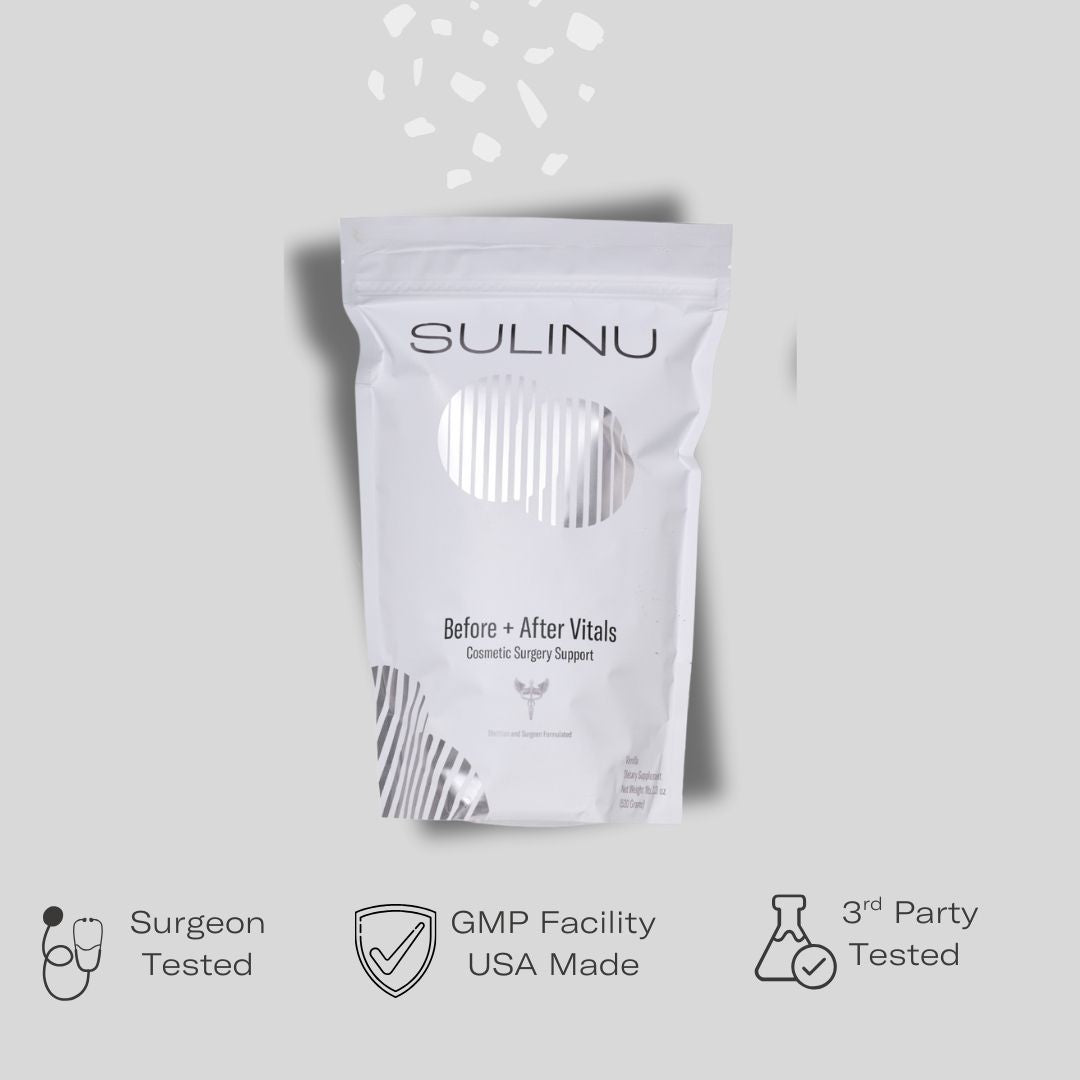
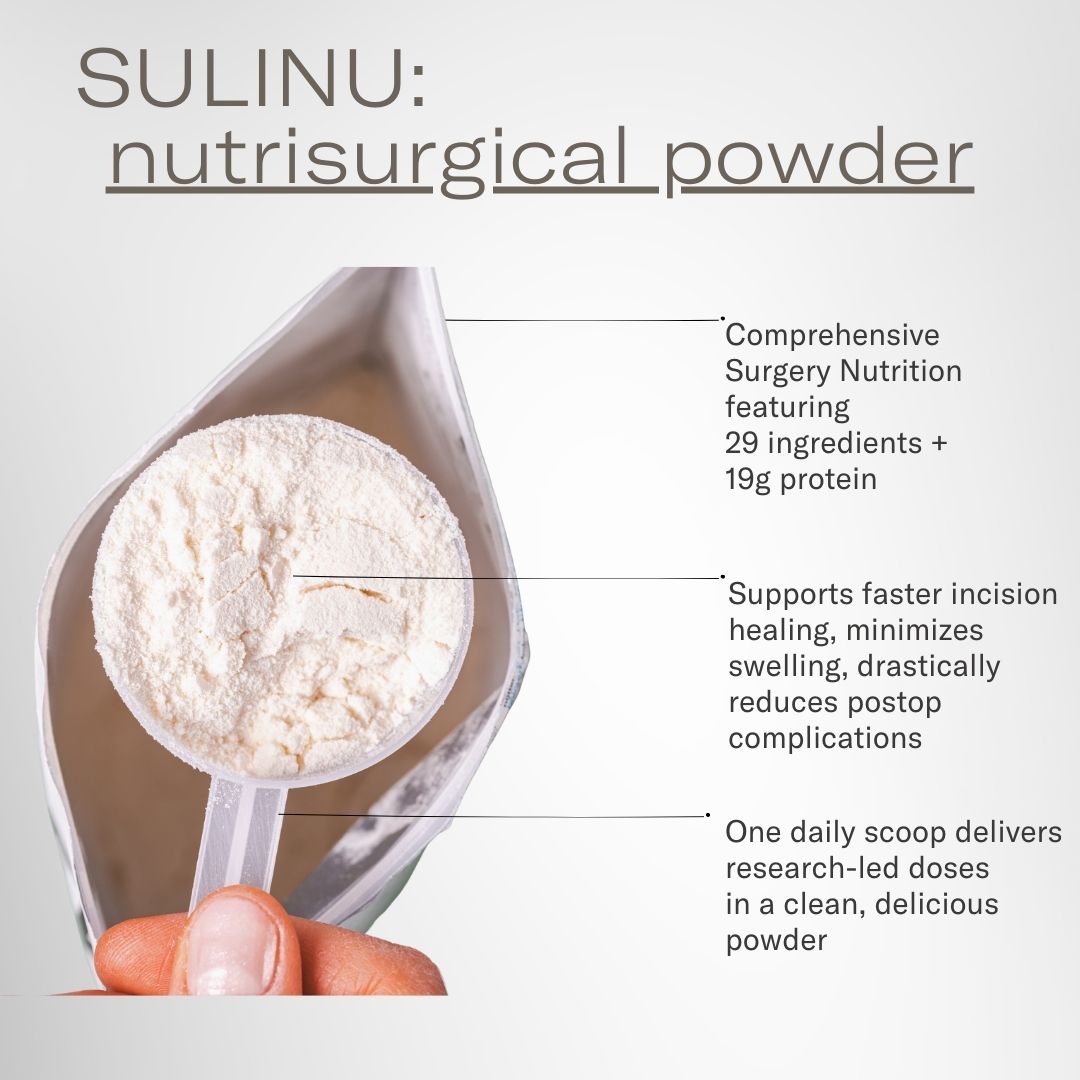
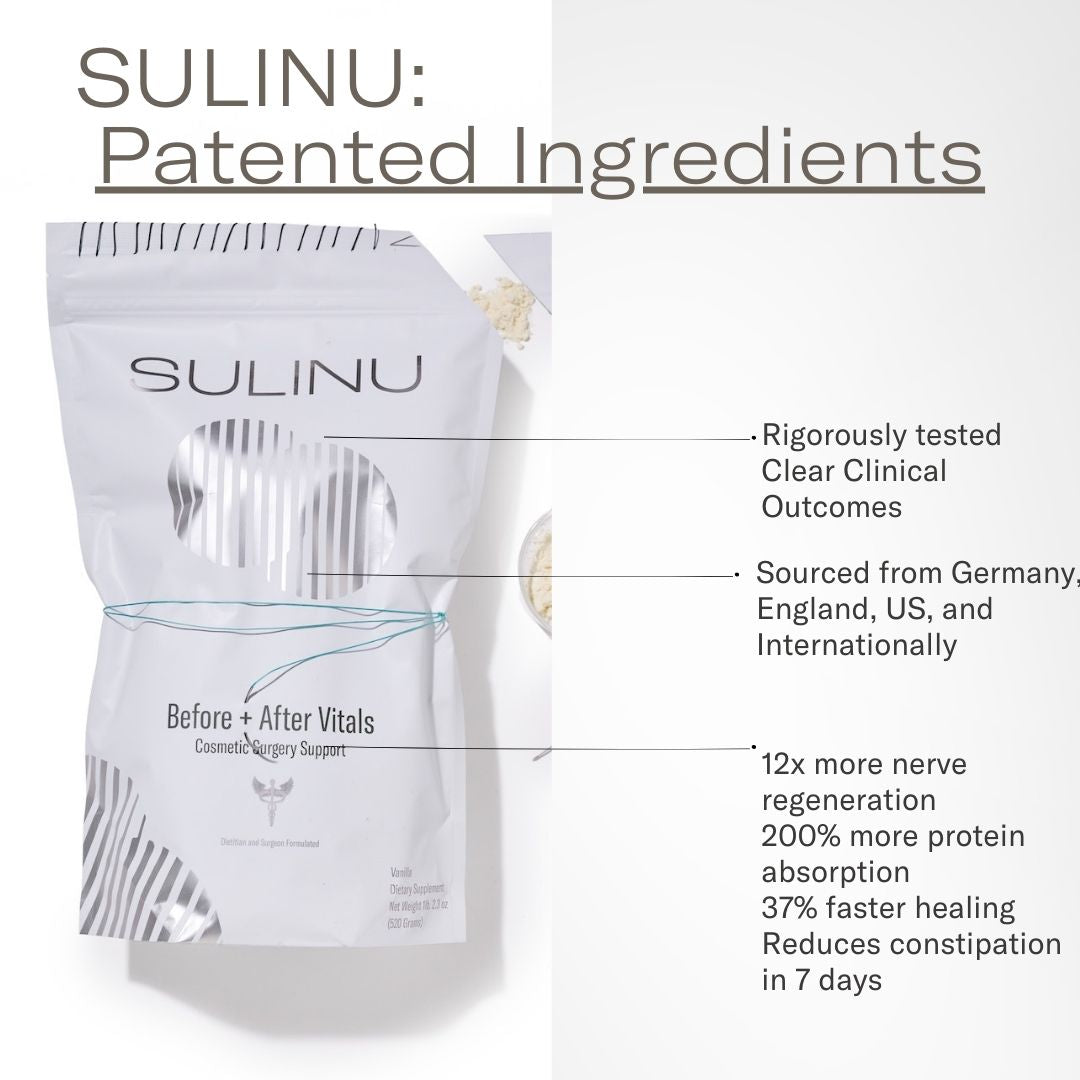
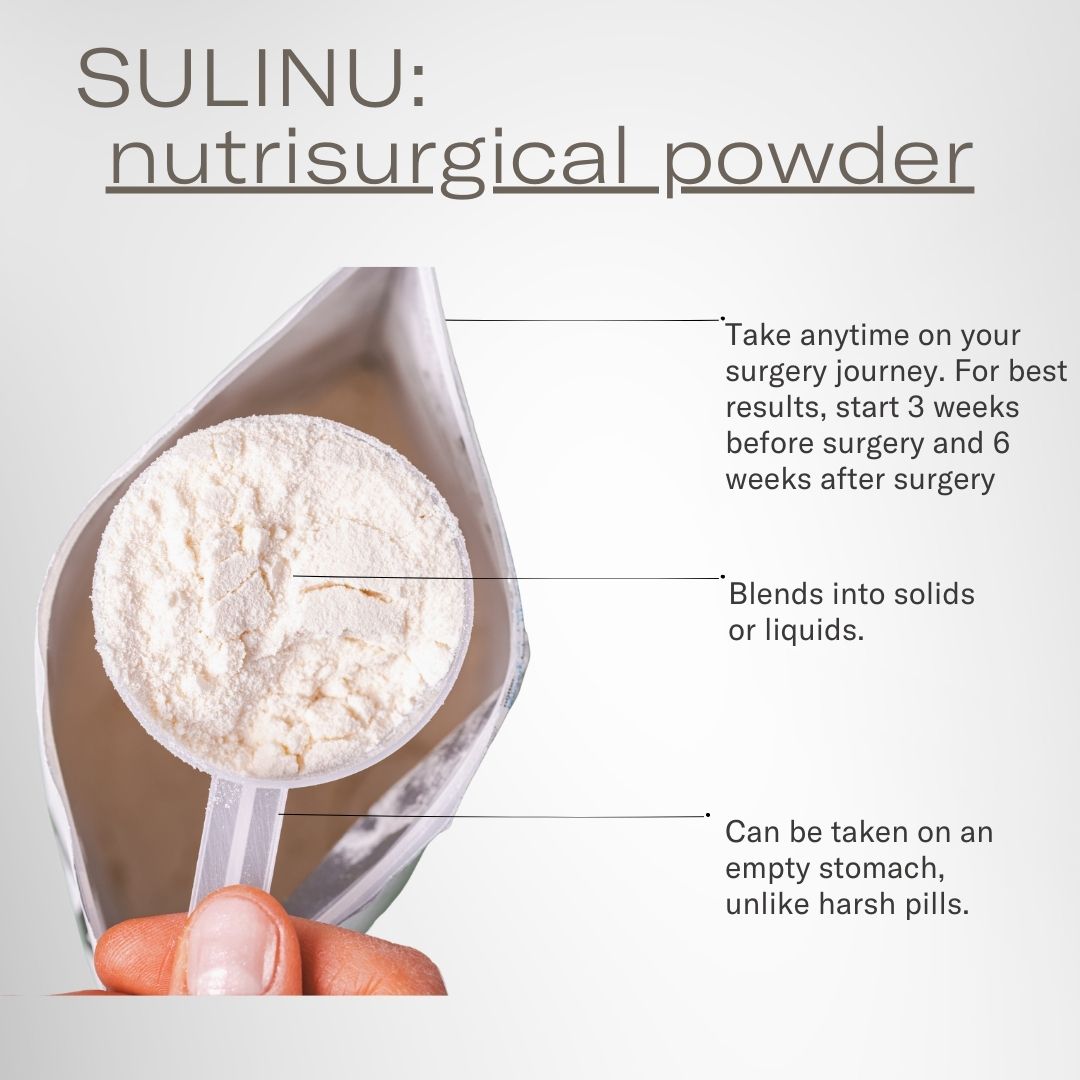
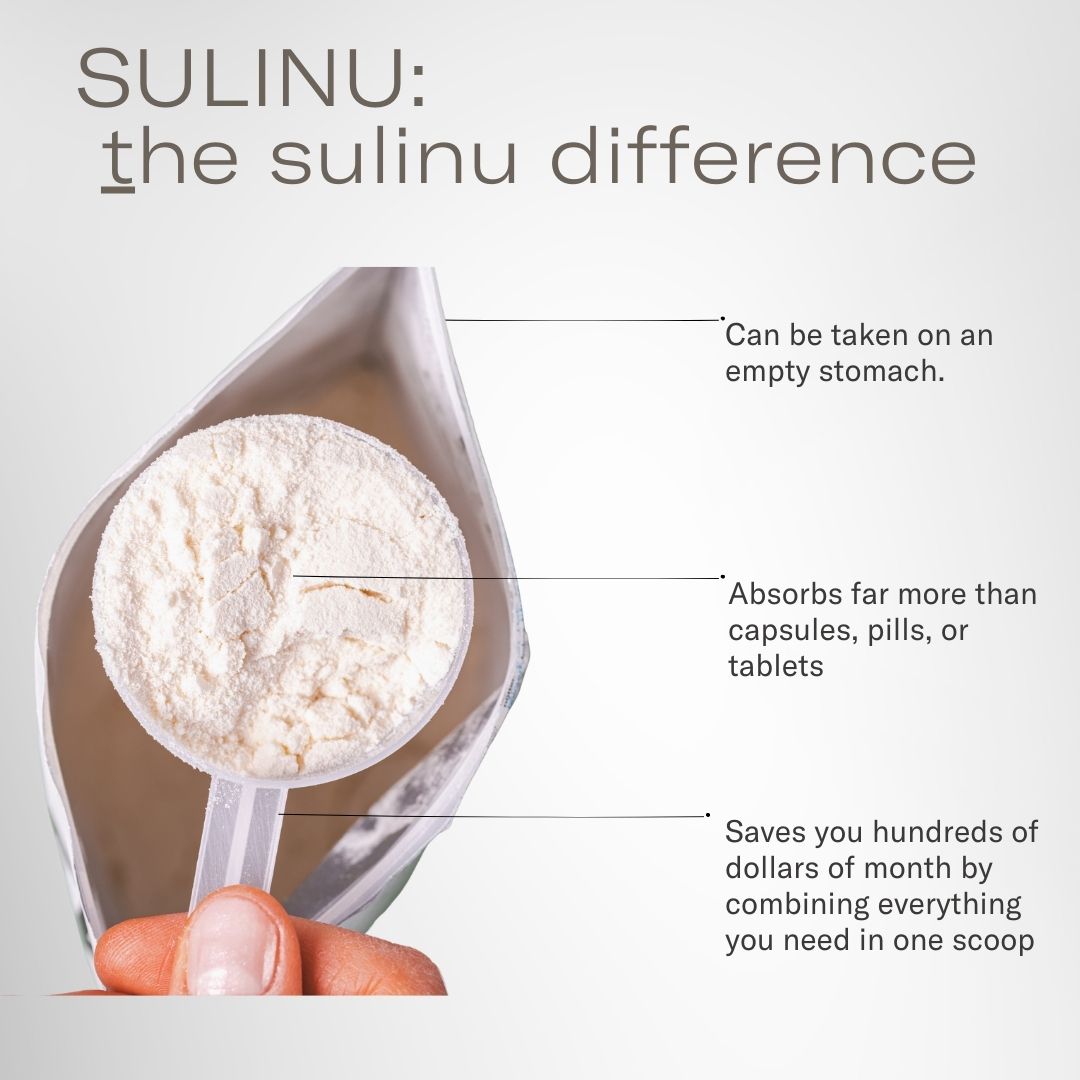
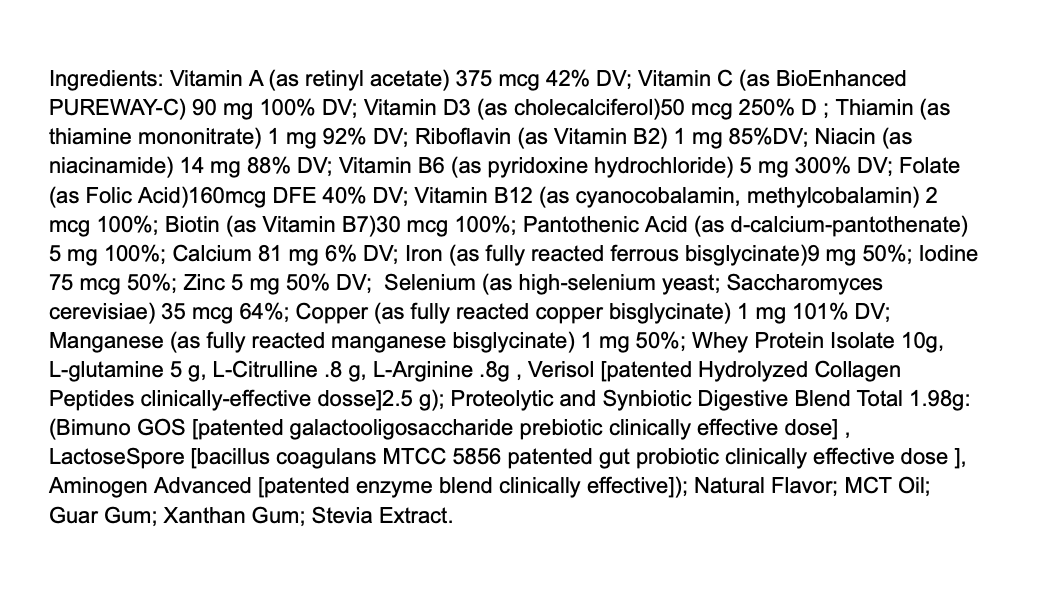
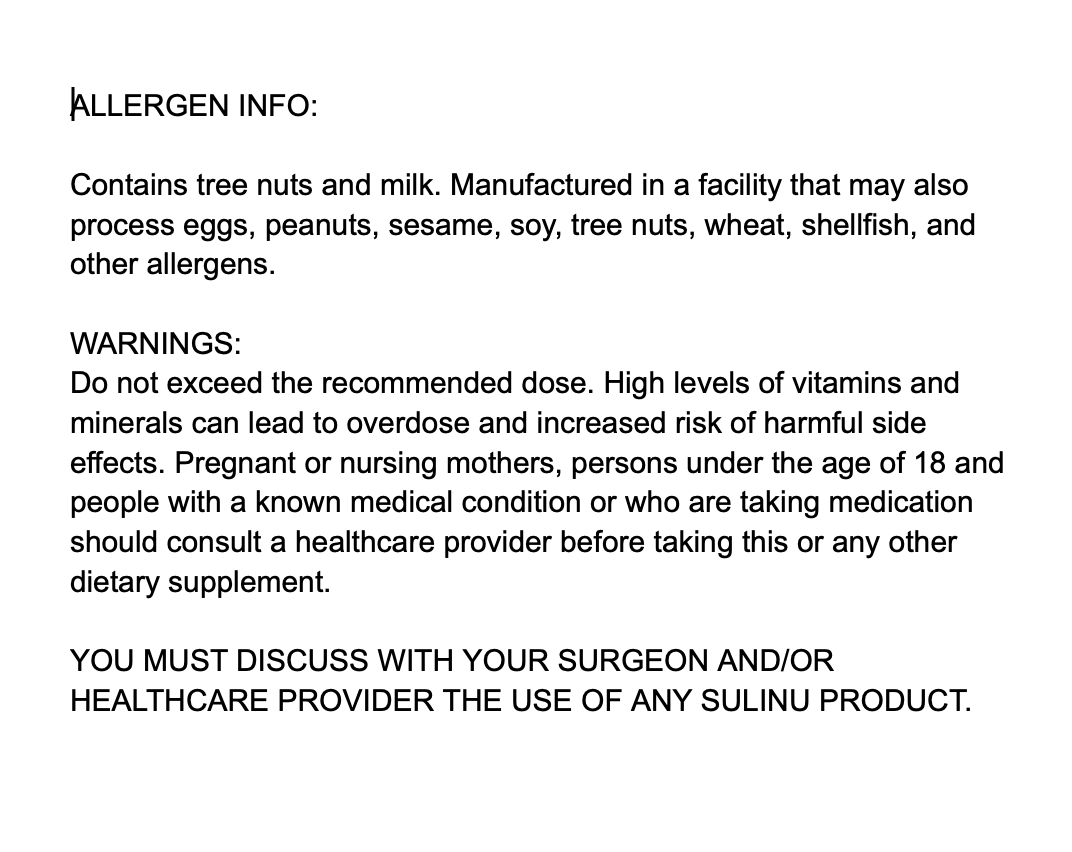
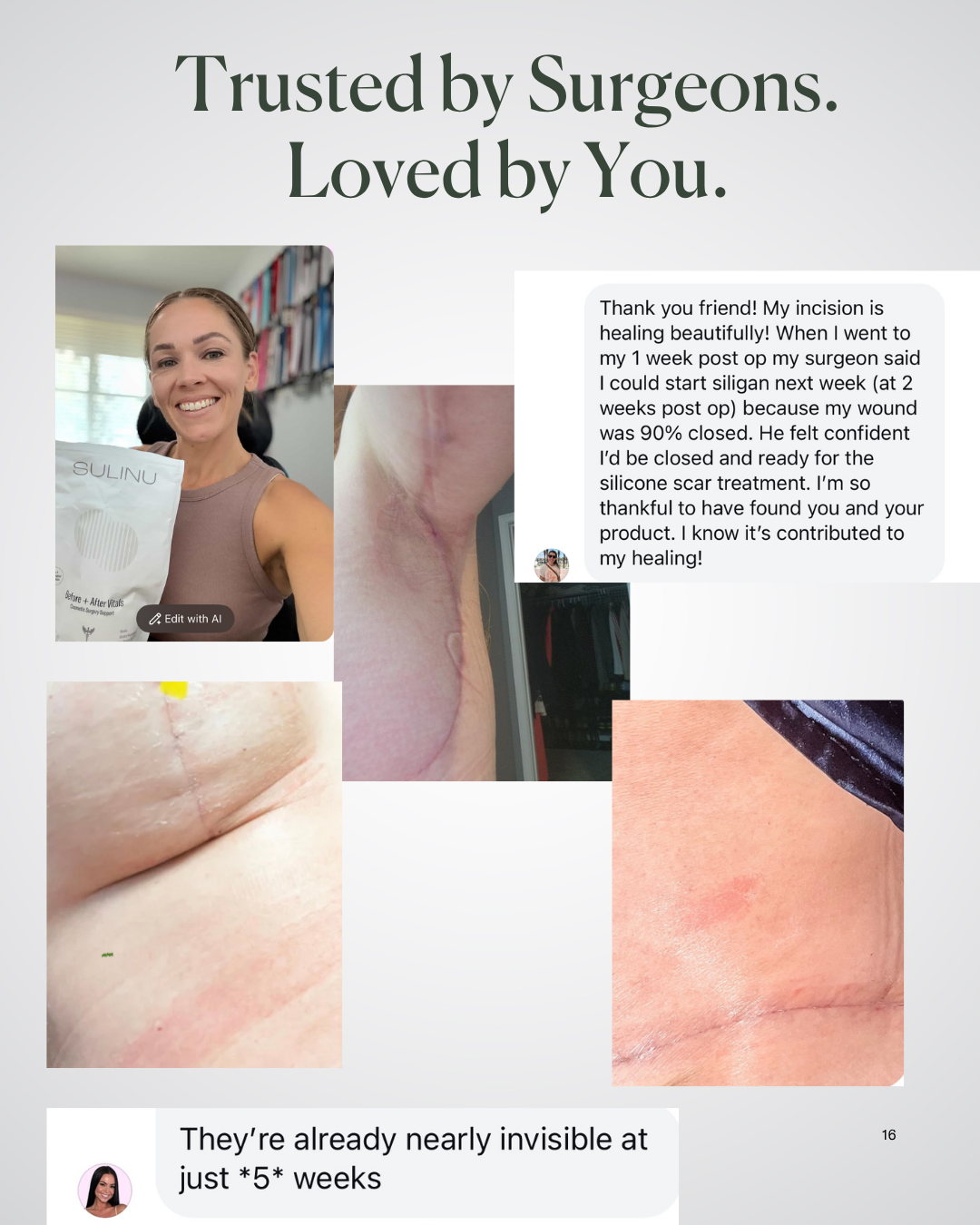
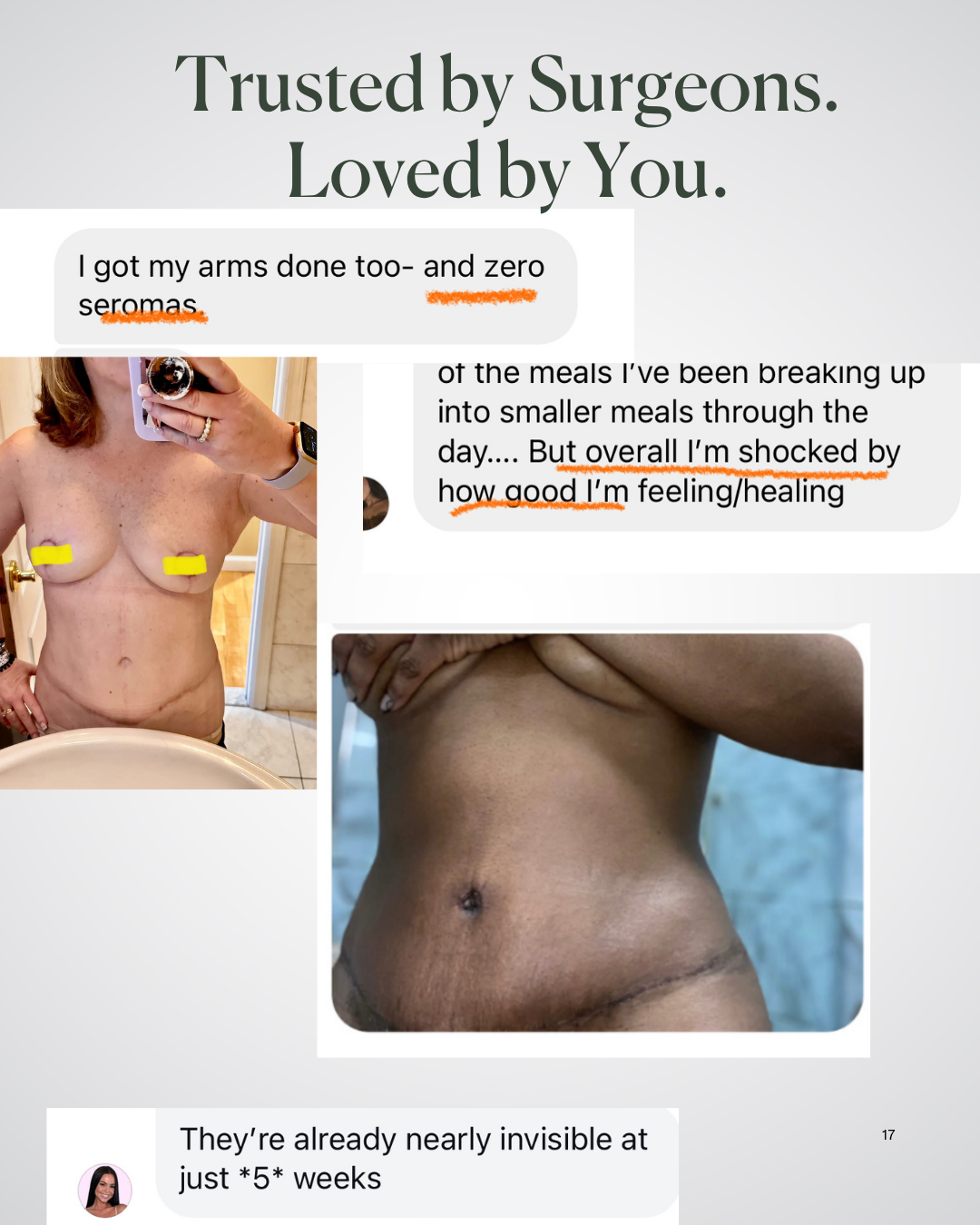
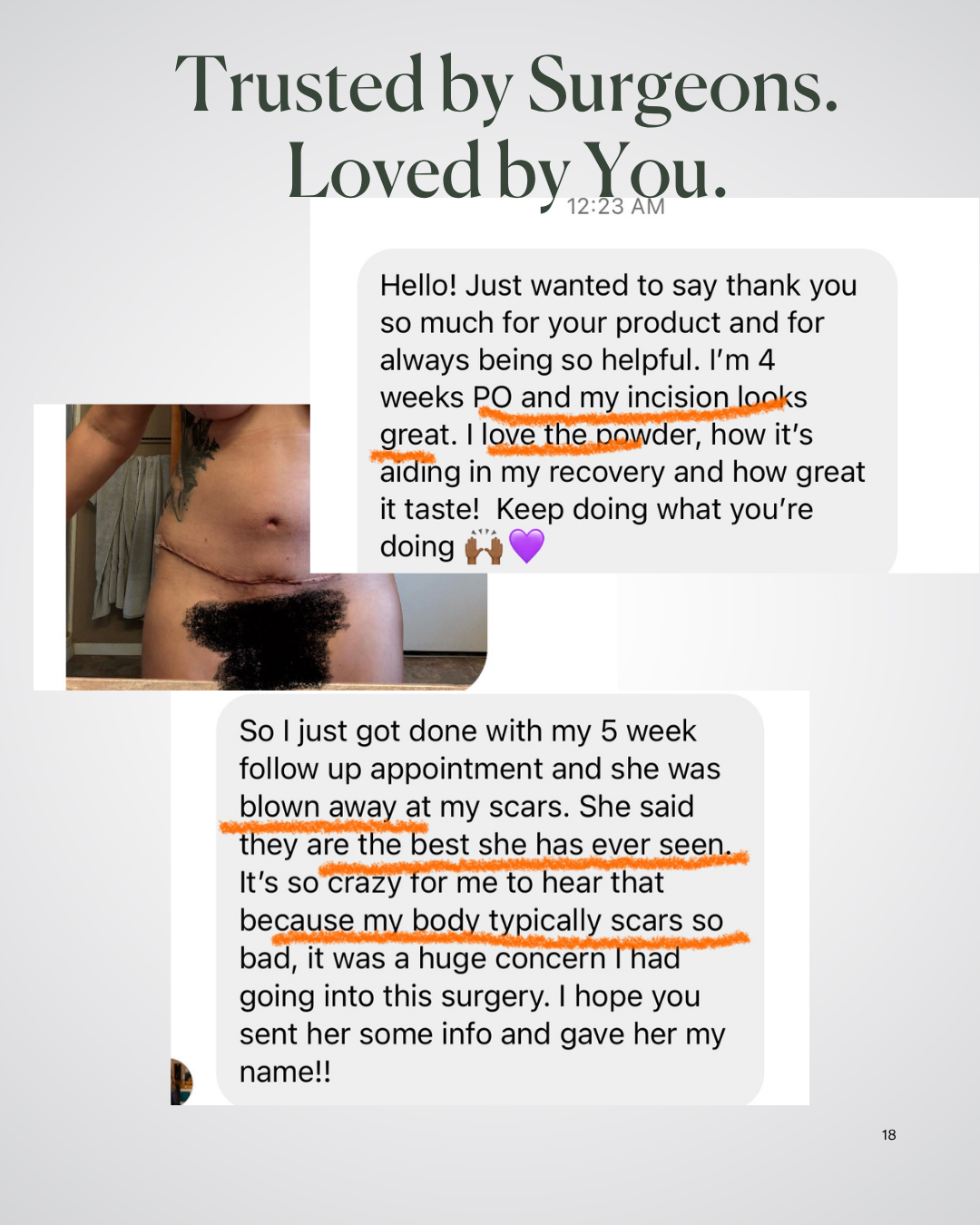
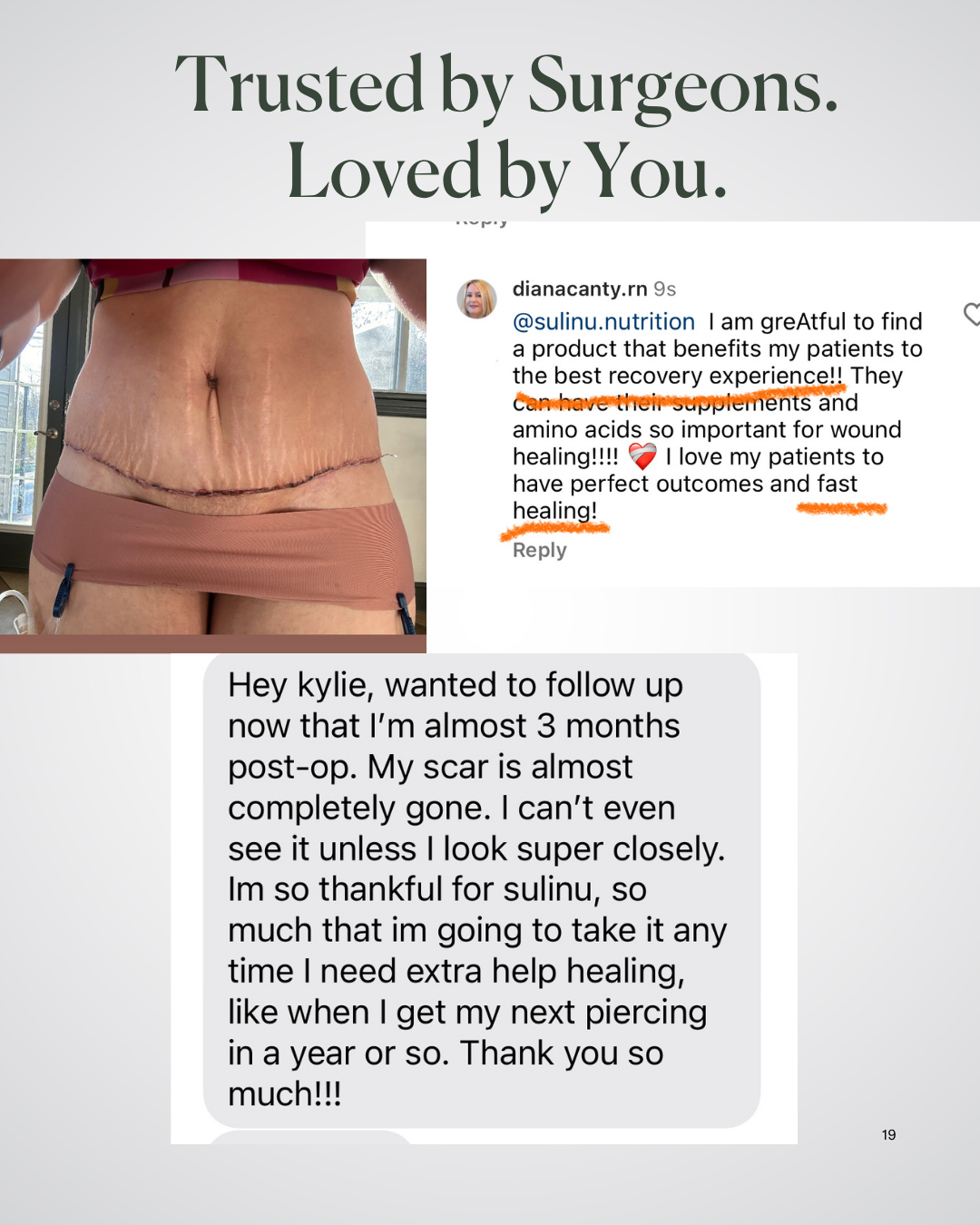
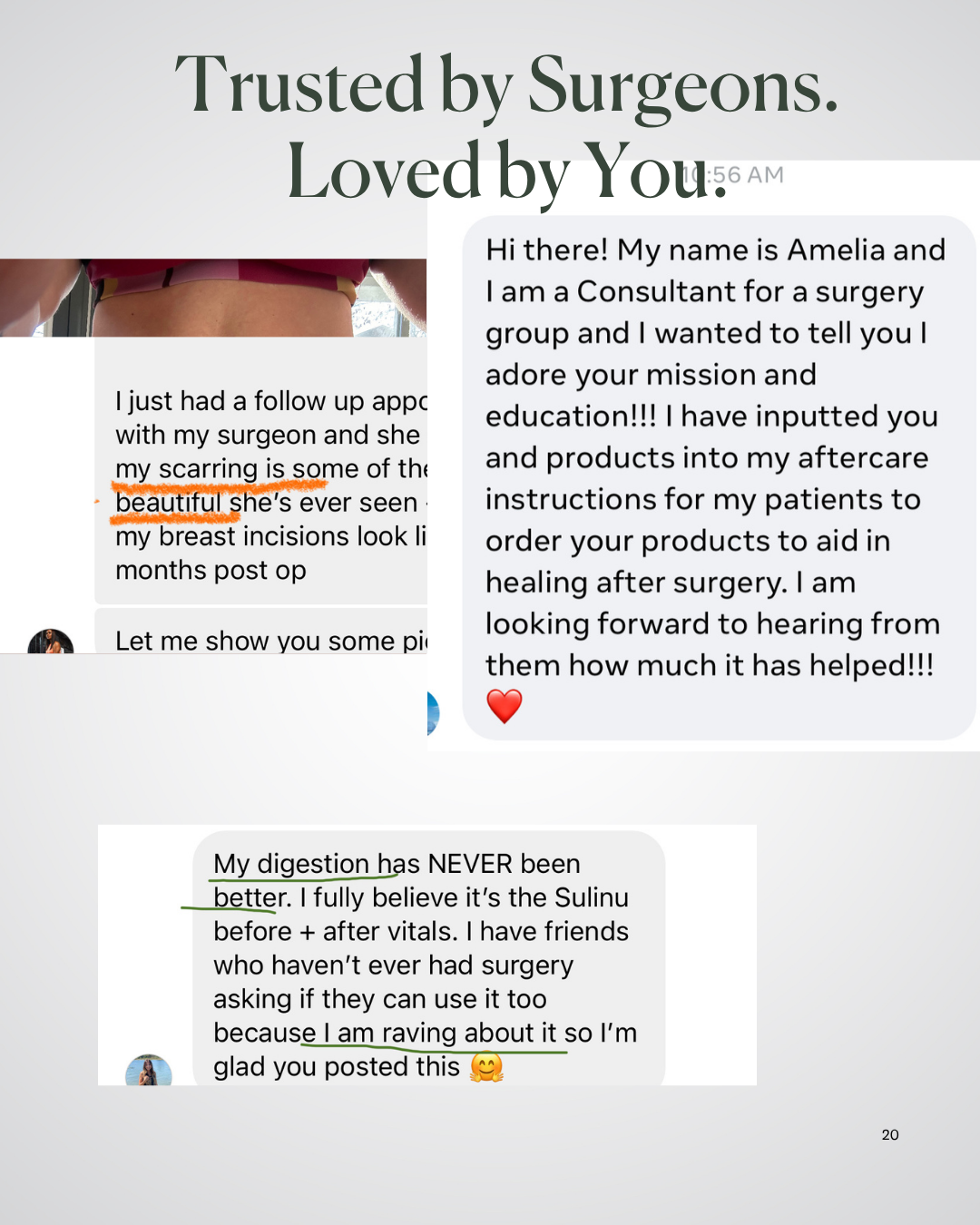

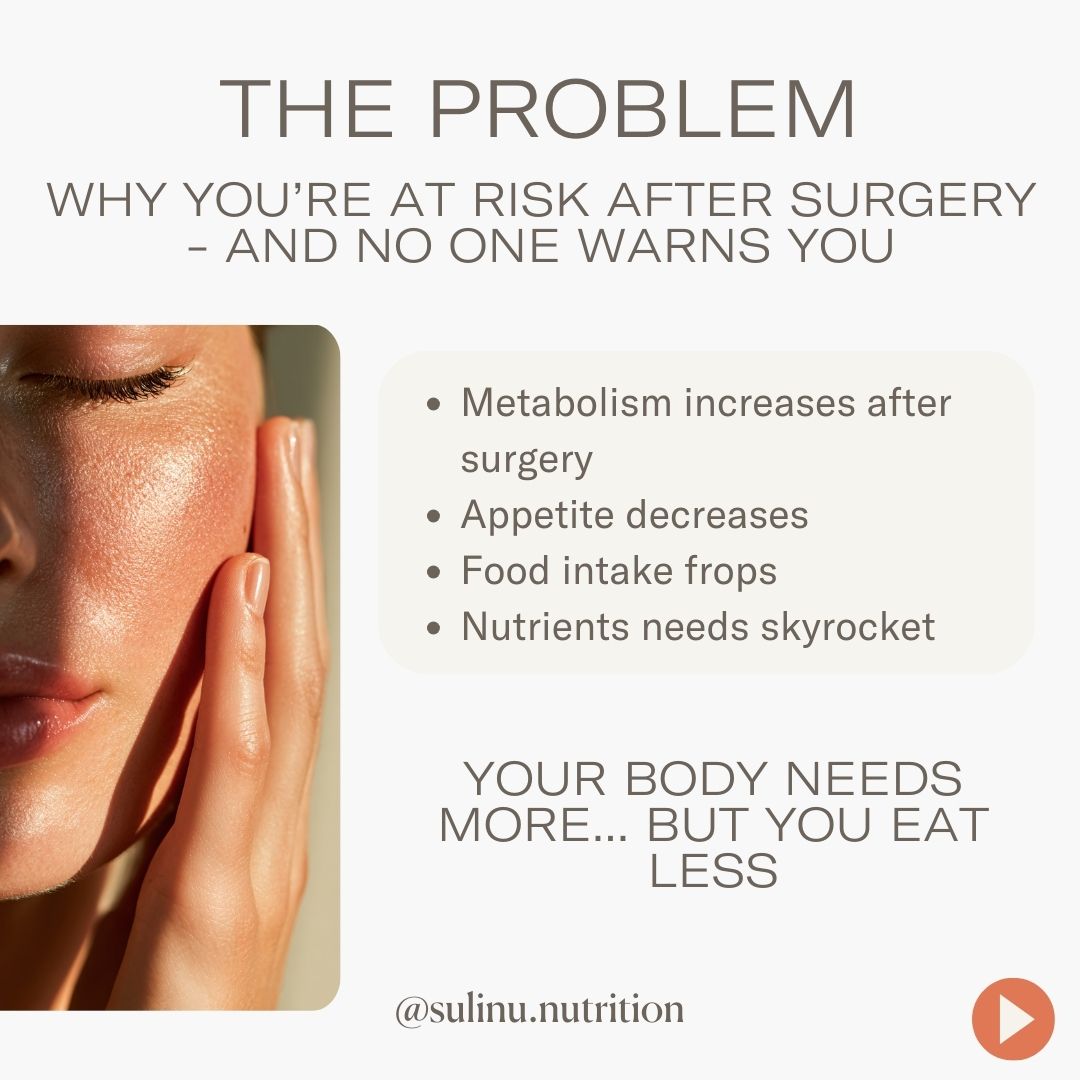
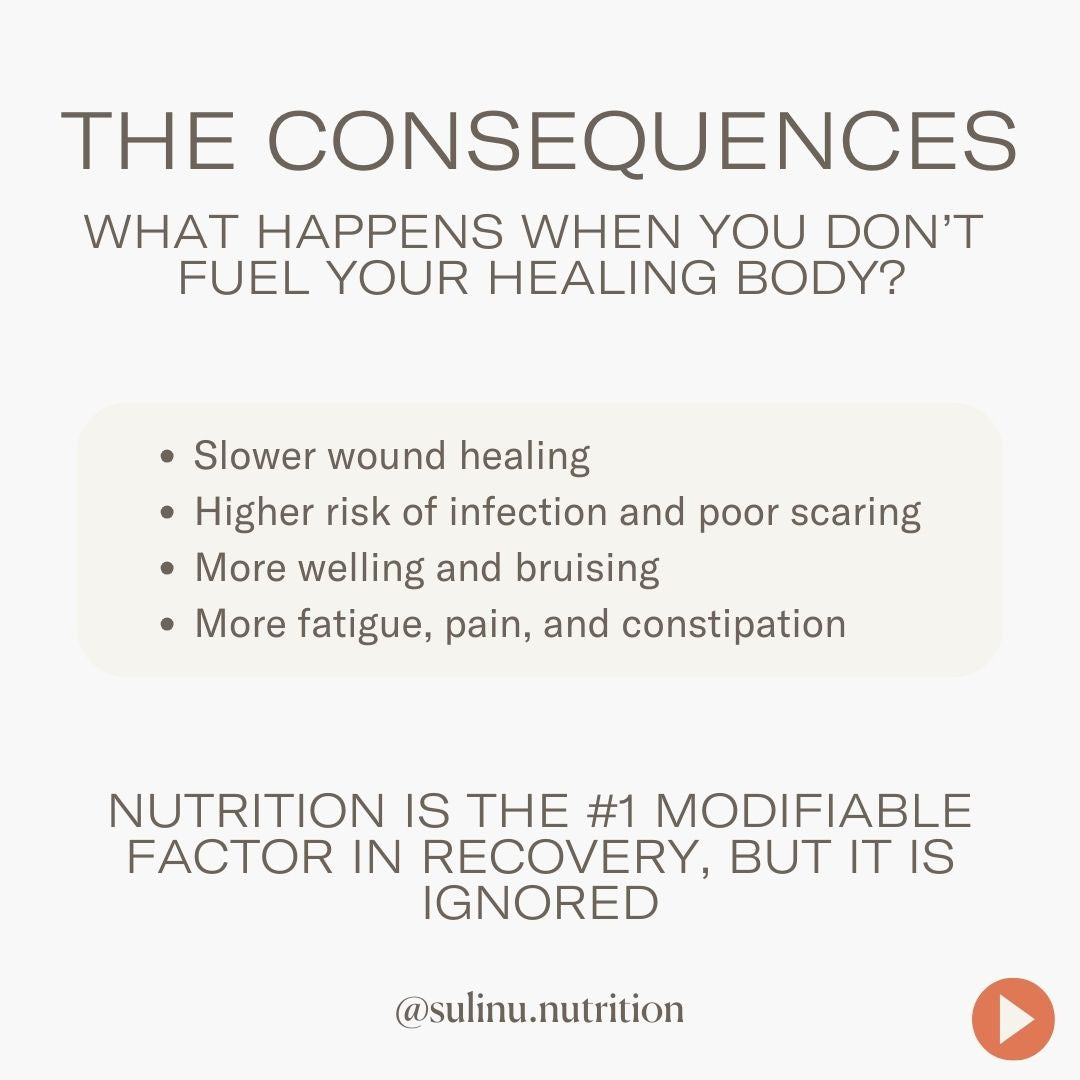
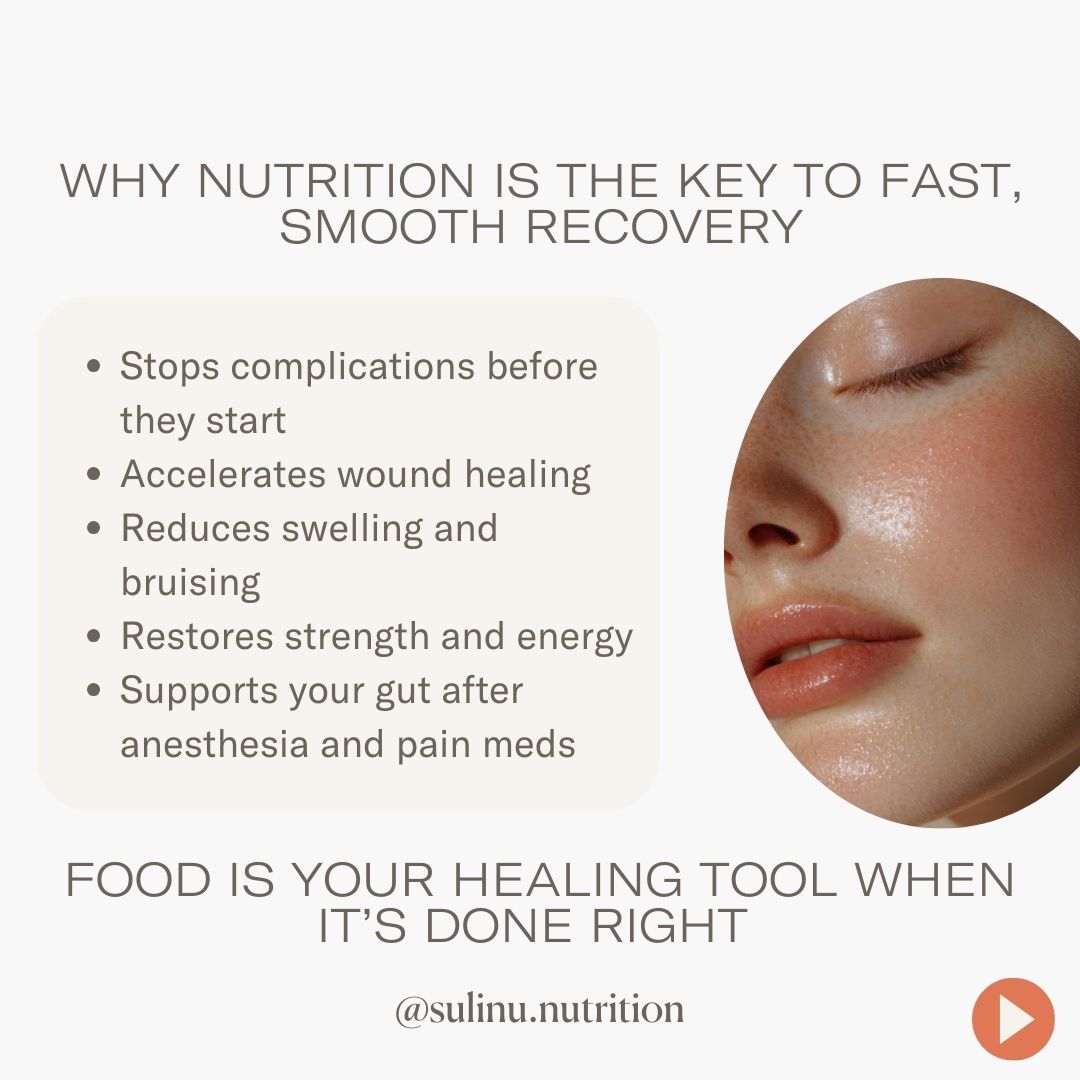
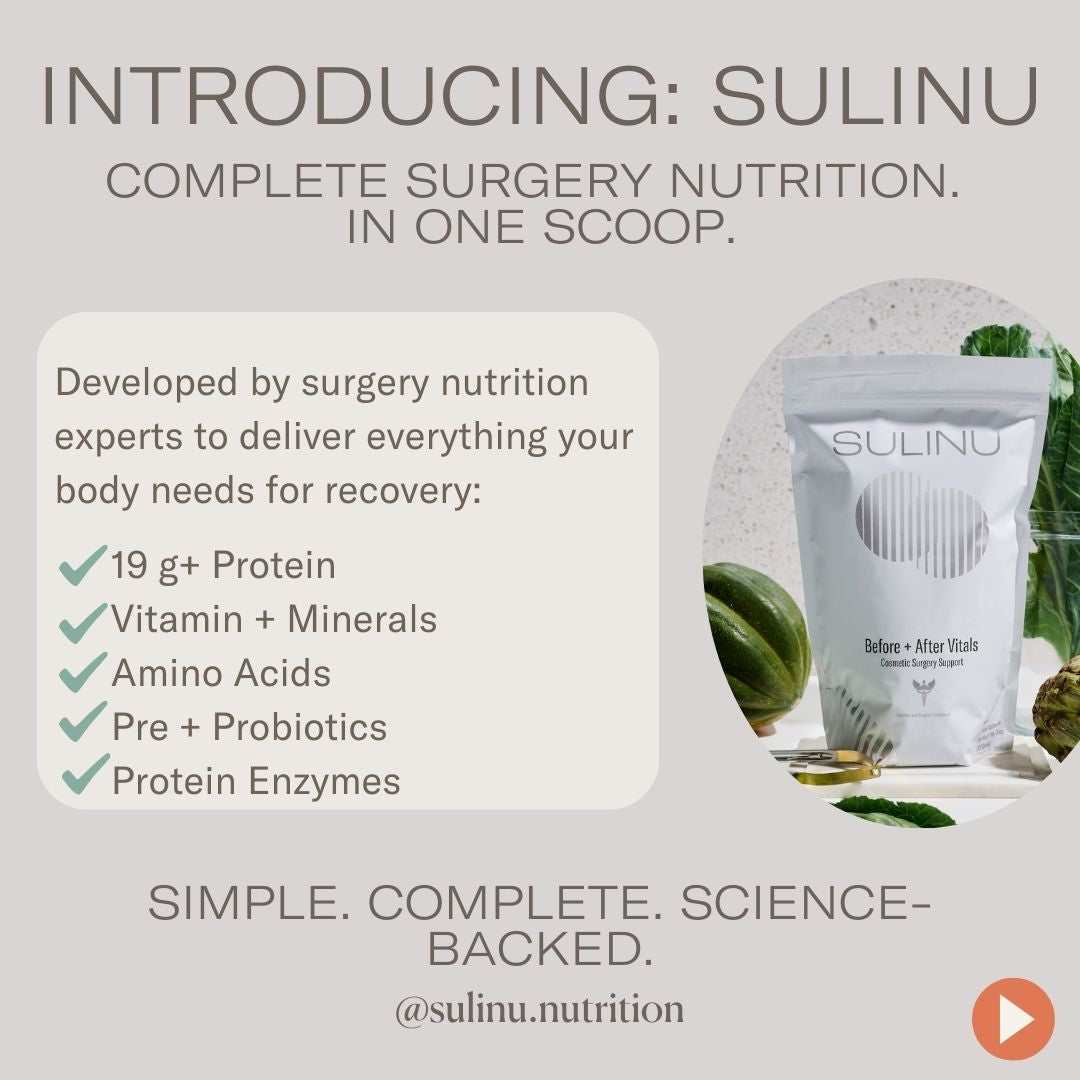
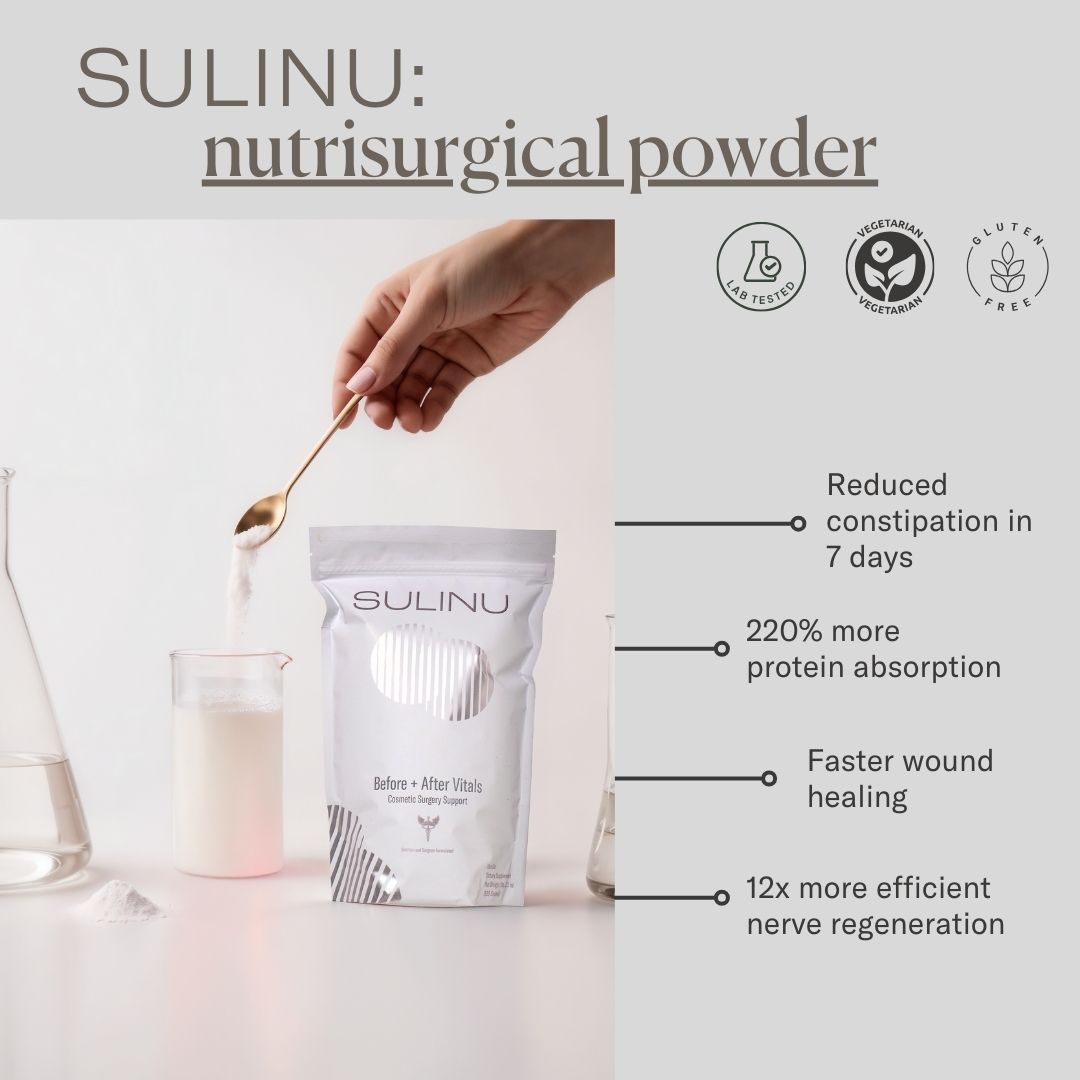
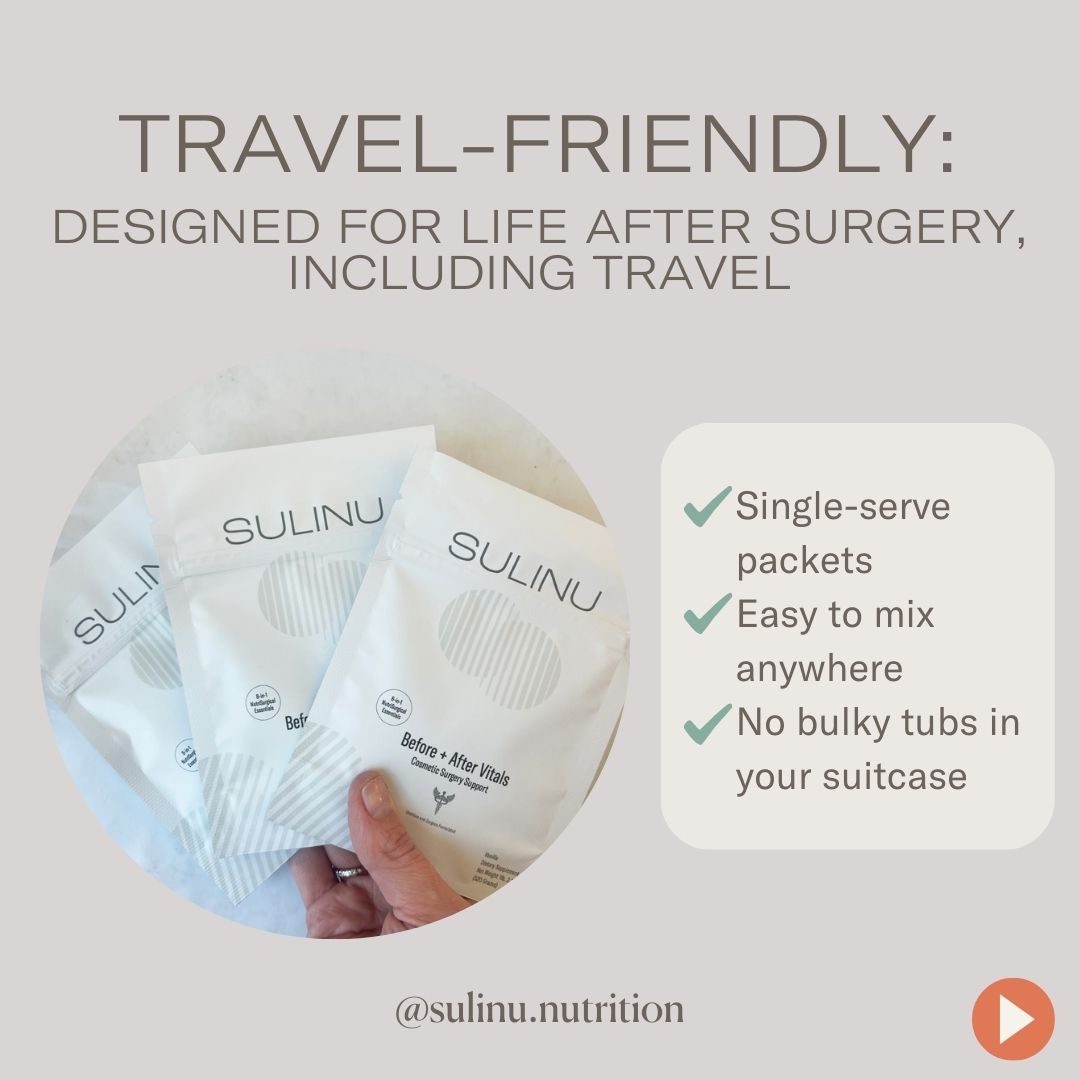
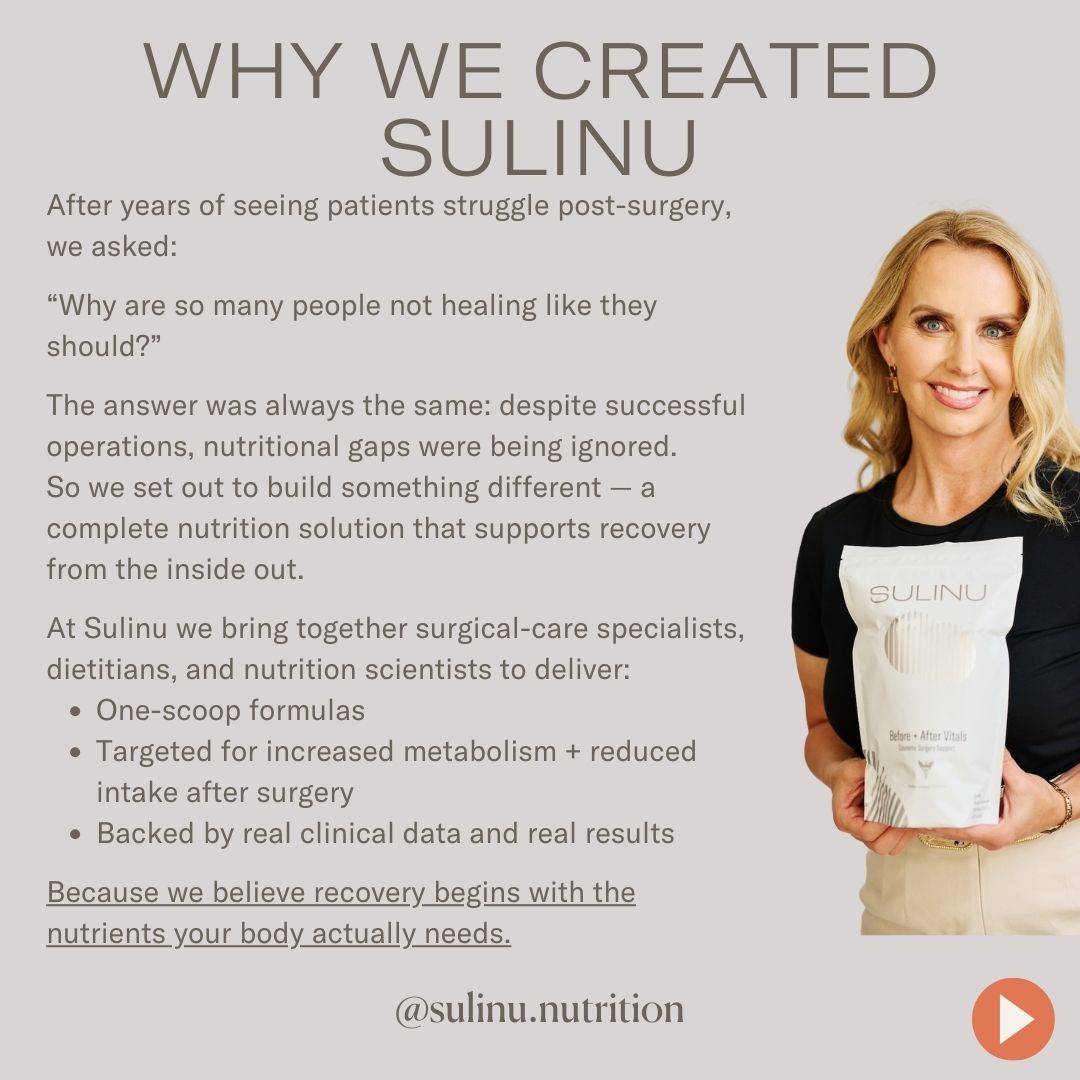
NUTRISURGICAL VITAMIN POWDER -(bag: Vanilla)
**FREE SHIPPING for orders over $125!!**
- 100% Money Back Guarantee
- Discreet Shipping-Your privacy is important
- We recommend 3 bags for any surgery for the best results
This Complete Surgery Powder gives you EVERYTHING you need IN ONE SCOOP.
Pre and Post Surgery Supplements for that near-invisible scar look.
"Can you believe it? [My incision scars] are nearly invisible at just 5 weeks!" -Jessie
Our pre and post surgery supplements are packed with vitamins for wound healing after surgery
- 3rd party tested
- Gluten-Free
- Vegetarian Whey
-
27 Surgeon-Approved Ingredients
- At therapeutic, effective dosages
- In bioavailable forms
-
5 Patented Ingredients
- Patented is the HIGHEST standard of ingredients
- Faster Incision healing
- Gut microbiome studied
- Clinically tested
- Sourced from Europe and Internationally
- Therapeutic Dosages
Perfect for:
- Before Cosmetic Surgery
- After Cosmetic Surgery
- Slow-to-heal incisions or wounds
- Using a GLP and needing extra nutrition
- Can begin taking at anytime on your surgery journey, EVEN if you are weeks after your surgery! Your scar is healing for a least a year after your surgery date.
How to use:
- Use 1/2 to 1 scoop a day. Max 1 scoop a day for at least 6 weeks postop.
- We recommend 3 bags: Use 1 bag before surgery and 2 bags after surgery
Nutrisurgical Vitamin Powder with Patented, Clinically-tested Ingredients.
All your Protein, Collagen, Amino Acids, MicroNutrients, Synbiotics and Enzymes in ONE SCOOP to give you a seamless recovery after cosmetic surgery.
Note: This product is also commonly used by GLP (Ozempic, Semiglutide, etc) patients to prevent nutrient depletion and Ozempic face
Our Survey Results*:
79% reported a beautiful incision
85% reported a faster recovery
90% liked the taste
X Gluten X Soy X Artificial Colors or Flavors X GMOs
*based upon our postop survey 2024
Introducing BEFORE + AFTER VITALS, the ultimate surgeon-endorsed nutritional supplement tailored exclusively for plastic surgery recovery.
Fears of infection, inflammation, slow-to-heal incisions, and bruising are taken head-on by this super fine, quick-to-dissolve powdered supplement. Add a delicious hit of vanilla flavor to your cold or warm drinks, smoothies, or culinary creations.
1 pouch is 20 servings.
ALLERGY info: Contains lactose. Product was processed in a facility that may also process eggs, peanuts, sesame, soy, tree nuts, shellfish, and other allergens.

